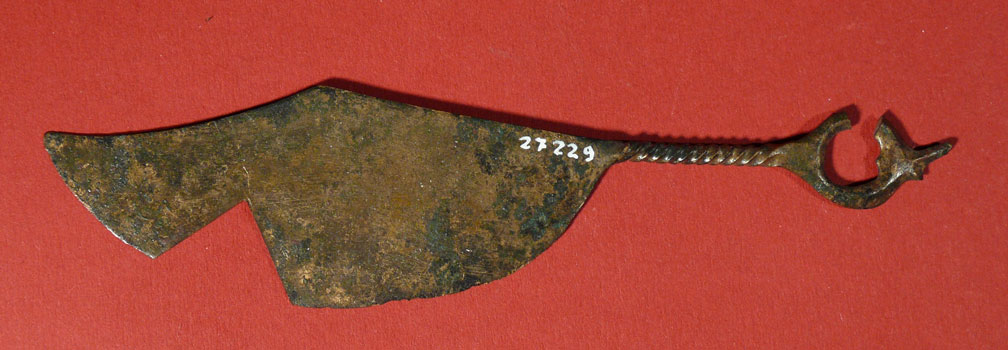The countryside surrounding the Pietra has undergone various archaeological excavations for more than two-hundred years: this has allowed archaeologists the study of the ancient settlements.
The Pianelli site, from the first excavations conducted by Chierici in the XIX century to today, has brought to light findings that can be attributed to different periods, namely to the Copper, Bronze and Etruscan Ages. They reveal the presence of exchanges with faraway lands and confirm the theory that the area was used both as an urban settlement and as a necropolis. The archaeological findings are treasured in the Museo Civico in Reggio Emilia.
The summit of the Pietra used to be occupied even back in the ancient times (IV-VI AD), proof of which is found via written documentation and via artefacts dating back to that time period. In the early Middle Ages the Pietra was the site of a settlement, but not much is known about it, as archaeologists have so far only started to find evidence.
A castle positioned on the eastern side of the Pietra, was the main building on the site between XI and XV centuries, together with the other fortified centres at the food of the mountain.
With Matilde di Canossa and the bitter feuds between pope Gregory VII and Emperor henry IV for investiture, the territory became the centre of the struggle, with Canossa as the fulcrum. The fortified system ensured overwhelming control of the territory and great defensibility: every single castle was strategically placed to be able to communicate with and see the other castles. When looking to the north, during sunny days, it is possible to see the Rossena castle and the “Bianca rupe” of Canossa.
The small fort, or fortalice, which had already been researched by Chierici, has been subject of a recent archaeological excavation, which brought to light remainder of the fortified walls, the Medieval tower and inner buildings of the castle.

